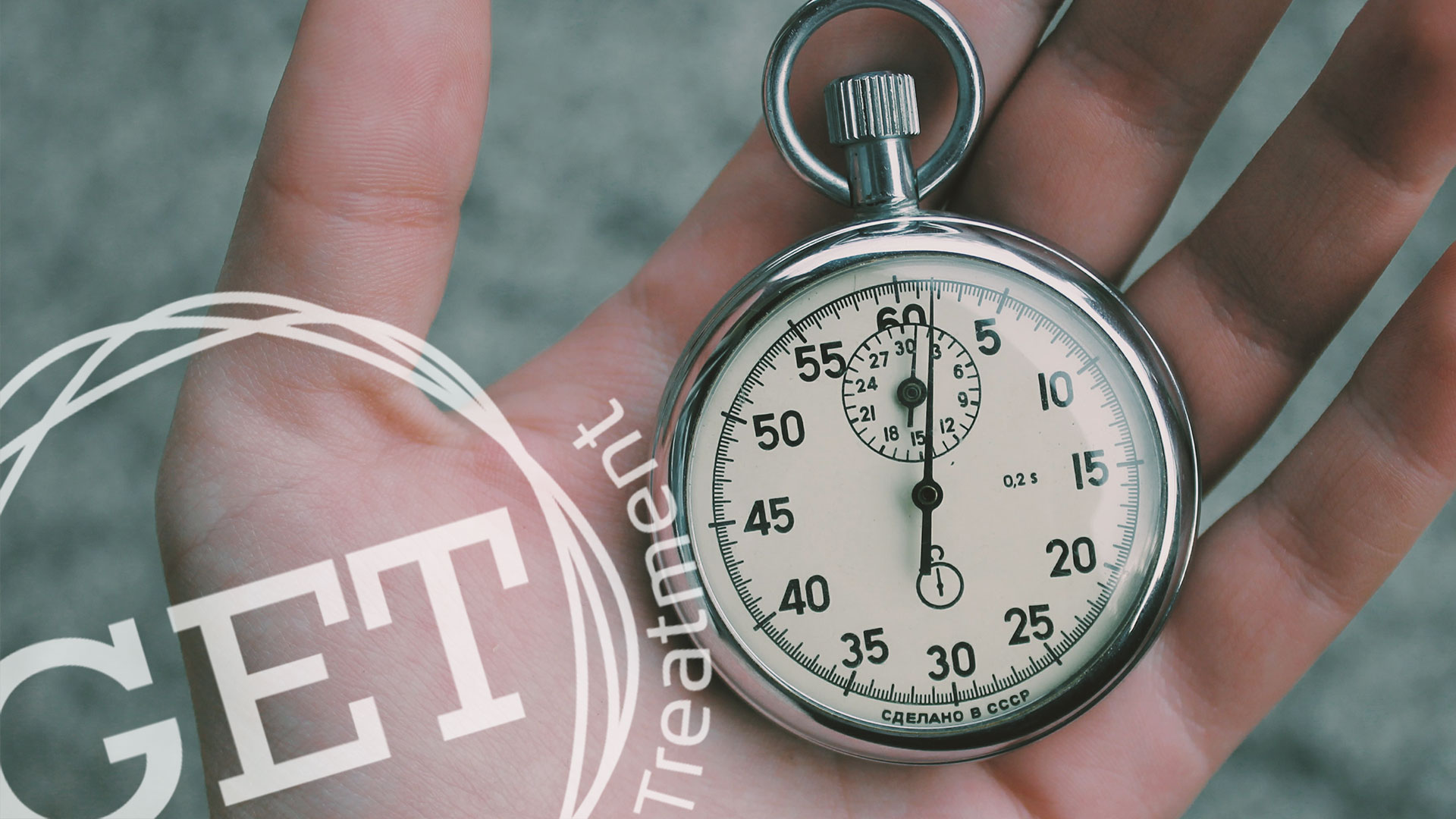We are living in strange and sad times. People are dying and most of us have been forced in lockdown, unable to work. The timelines are different from country to country, but we will all soon be going back to work in a world which is not the same we left it, with many new rules and regulations.
I am quite amused to see on social media many dentists and orthodontists suggesting protection protocols, I suppose based on their extensive know-how accumulated by one course of microbiology and hygiene attended during dental school. Fact is, rules will be given to us by governments (which employs real experts, hopefully) and we will have to abide by them. I don’t know where you live and when and under which rules you will be able to start working again but there is something which will be needed for sure: keeping your schedule and being on time.
This is simply because you won’t be allowed to have people filling up the waiting room. All official guidelines published so far have one thing in common, your patients should not wait in the clinic. For example, here in Switzerland, patients should stay in the waiting room with at least two meters distance between them and for a maximum of 15 minutes.
Don’t get me wrong, keeping your schedule should be your mantra also in “normal” times. Just remember the last time you went for a doctor appointment and you were left waiting 20 minutes in the waiting room, how you went from upset to annoyed to offended to enraged…
So, being on time is a must!
I am aware that being an Italian you may consider me as genetically unfit to give advice on how to be on time, however here are my practical tips:
